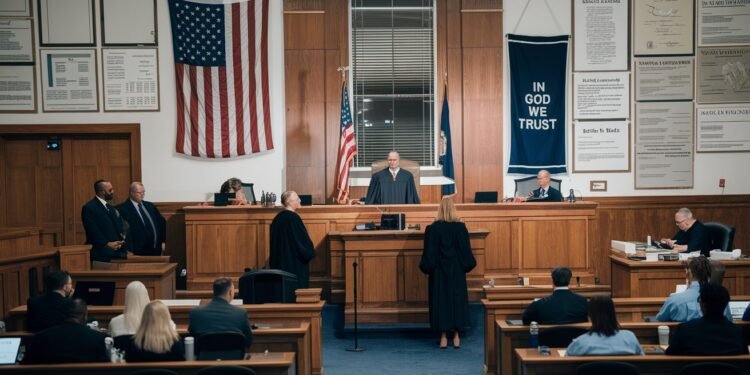Read Time:14 Minute, 1 Second
Ananya Ghosh, the author is currently a student in her second year in the LLB programme at NLSIU
The term dacoity is not unfamiliar to us. Popular culture has portrayed dacoits as dangerous and ruthless criminals, involved in violently looting and killing people, especially the ones that they rob from. This paper tries to take a more objective and nuanced look at the crime of dacoity, starting from its historical prevalence to how the modern legal system defines it and the safeguards and punishments that are present against it.
Dacoity is defined under section 391 of the Indian Penal Code, 1860 as:
Dacoity.—When five or more persons conjointly commit or attempt to commit a robbery, or where the whole number of persons conjointly committing or attempting to commit a robbery, and persons present and aiding such commission or attempt, amount to five or more, every person so committing, attempting or aiding, is said to commit “dacoity”.
The provision for dacoity in the Penal Code, 1860 falls under the chapter dealing with offences against property and is listed along with other offences such as theft, robbery and extortion. So, is dacoity related to the crimes of robbery and extortion and if yes, then how.
Let us first take a look at the definition of robbery and extortion as provided under the Indian Penal Code, 1860.
S.378. Theft.—Whoever, intending to take dishonestly any movable property out of the possession of any person without that person’s consent, moves that property in order to such taking, is said to commit theft.
S.383. Extortion.—Whoever intentionally puts any person in fear of any injury to that person, or to any other, and thereby dishonestly induces the person so put in fear to deliver to any person any property, or valuable security or anything signed or sealed which may be converted into a valuable security, commits “extortion”.
S.390. Robbery.—In all robbery there is either theft or extortion.
When theft is robbery.—Theft is “robbery” if, in order to the committing of the theft, or in committing the theft, or in carrying away or attempting to carry away property obtained by the theft, the offender, for that end voluntarily causes or attempts to cause to any person death or
hurt or wrongful restraint, or fear of instant death or of instant hurt, or of instant wrongful restraint.
When extortion is robbery.—Extortion is “robbery” if the offender, at the time of committing the extortion, is in the presence of the person put in fear, and commits the extortion by putting that person in fear of instant death, of instant hurt, or of instant wrongful restraint to that person or to some other person, and, by so putting in fear, induces the person so put in fear then and there to deliver up the thing extorted.
From the above provisions, we can gather that the crime of theft has two prerequisites:
-
mens rea, e. a dishonest intention to take the property out of possession of the owner.
-
actus reus, e. moving the property in order to facilitate such taking.



